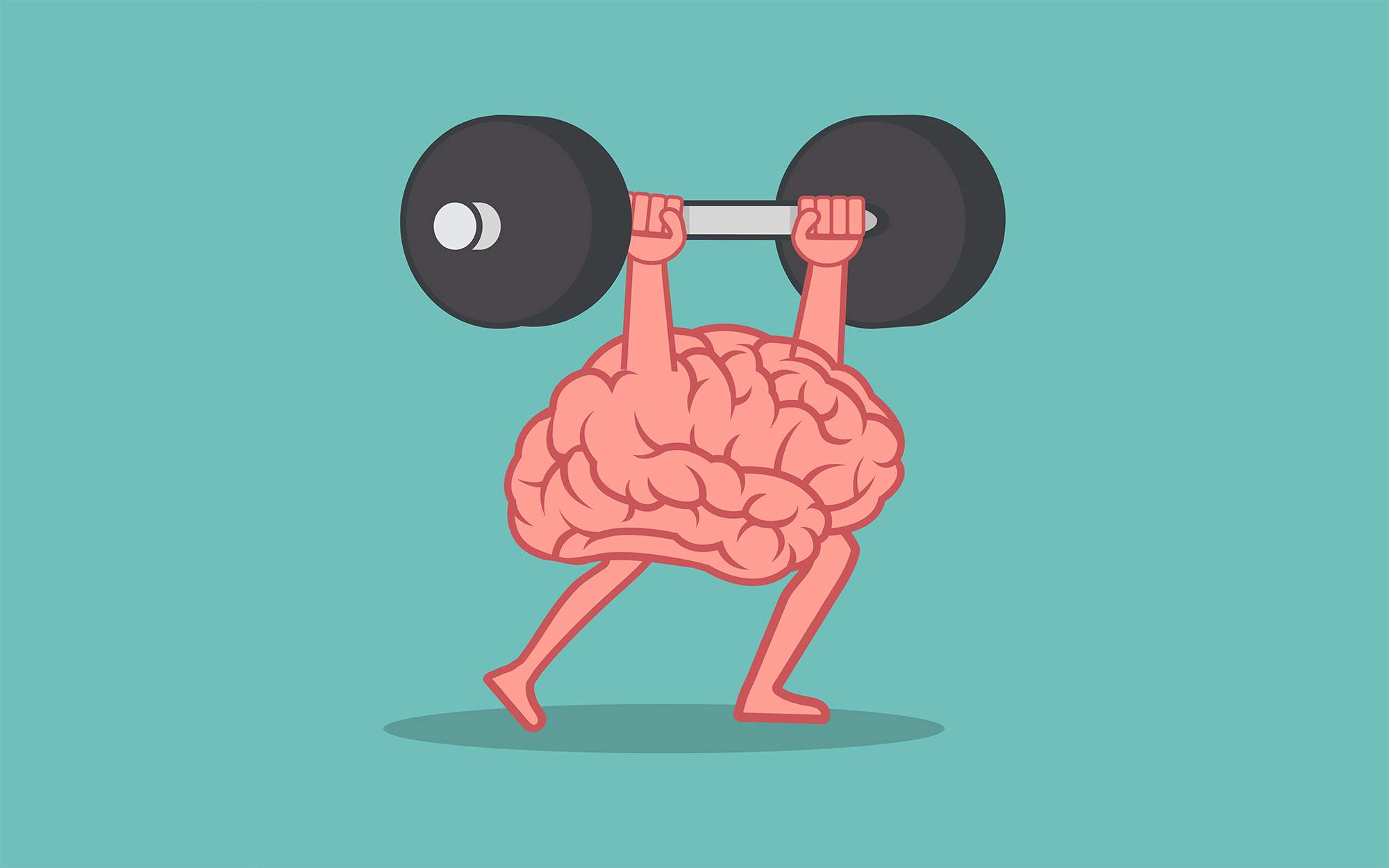We lose our car keys and our wallet, we discover mold in the bathroom, our dearest friend moves across the country, a family member is diagnosed with COVID-19. How can we practice holding life as it is with conscious awareness, full-hearted acceptance, and grounded equanimity?
Even if I am having a meltdown, am falling apart, am going ballistic or retreating into a collapsed isolation, I can remember that I am a human being, and that all human beings have similar reactions to life’s disappointments, difficulties, and even disasters. I can hold myself with compassion and care, finding the courageous action I need to meet the current challenges or crises.
Returning to the wisdom of our bodies can become the foundation for the practice of resilience, a practice to help us deal with all of the issues in our lives.
Many mindfulness practices use the wisdom of our bodies to return us to a state of ease and calm, no matter the cause of disruption to our well-being—allowing us to hold, to accept, and to work with anything at all. Returning to the wisdom of our bodies can become the foundation for the practice of resilience, a practice to help us deal with all of the issues in our lives, including the coronavirus pandemic that is triggering so much anxiety, confusion, and uncertainty.
Connect with Your Body’s Wisdom in Moments of Stress
Our first response to any stressor begins in our bodies. Mindfulness helps us become aware of signals of stress or distress, and we can practice tools that will return our nervous systems back to baseline physiological equilibrium. This is how we “train” resilience.
The three types of research-backed practices—breath practices, healing touch practices, and movement practices—help you bring your attention gently into your body, in order to rediscover your equilibrium. Here’s a guide to connecting with your body’s wisdom throughout these stressful times.
3 Breath Practices to Regulate Your Nervous System
We learn tools of breath first, because we breathe all the time. The breath is always available, as long as we are alive. Breathing IS what regulates the autonomic nervous system. We can learn to very intentionally use this rhythm of breathing in and breathing out (as is done in yoga breathwork, elongating the exhales) to cultivate more calm in the body and access a deeper well-being.
1. Breathe naturally, gently, for five to ten breaths. Mindfully pay attention to the sensations of breathing in (cool air through the nostrils or throat, the gentle expansion of the belly and chest) and breathing out (warmer air flowing out, the relaxation of the belly and chest). Especially as you begin this practice, pause and repeat this practice many times a day. When you are doing “nothing” but breathing and paying attention to your breathing, you are doing “something” helpful in calming your nervous system and training your nervous system to come to calm. You are making a conscious choice: “I GET to regulate my nervous system.”
2. The Box Breath Practice. This is a resilience practice taught to firefighters and police officers to use when they experience a moment of “startle.” The startle response is hardwired into our nervous system by evolution, so that when our nervous system perceives danger, we automatically blink to protect our eyes; we crouch to protect our innards; we put both hands up to defend or fight. And that startle response is so hardwired in that we can’t retrain the brain to not have that happen. Like a sneeze, it’s going to happen.
When you are doing “nothing” but breathing and paying attention to your breathing, you are doing “something” helpful in calming your nervous system and training your nervous system to come to calm.
The box breath can help you train your brain for resilience in moments of high alert. You inhale to a count of four, you hold the breath for a count of four, you exhale to a count of four, you hold out the breath for a count of four. The breathing regulates your nervous system, as we just practiced. The counting requires your higher brain to stay on line. The focused attention on the counting, the use of symbols, the use of words, all require your higher brain to stay online, and keeping your higher brain online when you’re startled is key to being able to discern and choose what action to take.
So when you notice your nervous system is so revved up—you’re frightened or panicked or angry or enraged, you’re not thinking straight, use that as your cue to practice box breathing to come back to your safety zone, your range of resilience, so that you can think clearly again. Likewise, if your nervous system is too shut down, numbed out, collapsed, immobilized, not taking any action at all, that’s also not resilient. Box breathing activates your brain again. You can begin to re-engage with what’s happening and decide what to do about what’s happening.
3. A simple, audible sigh. You can extend the practice of using the breath to regulate your nervous system by giving yourself permission to sigh. Breathe in fully, then exhale fully, sometimes accompanied by a sound, ahhh, releasing tension from your body. A deep sigh (or several sighs) is the body’s natural re-setter of the nervous system, even in a tense moment; especially in a tense moment. You can practice pairing any moment of tension with a deliberate sigh. In the midst of a tense or frightening moment, a deliberate sigh can shift the physiology of the body-brain into a more relieved and relaxed state.
The Healing Power of Touch
Touch is one of the fastest ways we have to both calm down the re-energize the nervous system and restore a sense of safety, according to Dacher Keltner, founder of the Greater Good Science Center at UC Berkeley. Warm, safe touch releases oxytocin, the hormone of safety and trust, of calm and connect. As Keltner notes in his book Born to Be Good, oxytocin is the brain’s direct and immediate antidote to the stress hormone cortisol—and oxytocin repairs any damage to the physical heart caused by cortisol.
Even in this time of practicing social isolation as a way to contain the spread of coronavirus, we can add focusing our attention on warm, safe touch to help manage any anxiety or distress we are experiencing.
Even in this time of practicing social isolation as a way to contain the spread of coronavirus, we can add focusing our attention on warm, safe touch to help manage any anxiety or distress we are experiencing, and evoke a memory of feeling safe and cared about to deepen that sense of ease and calm.
Practice: The Hand on the Heart Exercise
This is one of the most powerful tools we have to restore a sense of calm and equilibrium in the body-brain. Anchored in both mindfulness and self-compassion, it is powerful enough to calm down a panic attack in less than a minute. It’s powerful enough to prevent the stress response from even happening in the first place.
1. Place your hand on your heart. Breathe gently, softly, and deeply into the area of your heart. If you wish, breathe in a sense of ease or safety or goodness into this heart center.
2. Remember one moment, just one moment when you felt safe, loved, and cherished by another human being. Don’t try to recall the entire relationship, just one moment. This could be a partner, a child, a friend, a therapist, or a teacher; it could be a spiritual figure, or a loving moment with a pet.
3. As you remember this moment of feeling safe, loved, and cherished, let yourself experience the feelings of that moment. Let the sensations wash through your body. Let yourself stay with these feelings for twenty to thirty seconds. Notice any deepening in a visceral sense of ease and safety.
4. Repeat this practice many times a day at first to strengthen the neural circuitry that remembers this pattern. If you practice five times a day for a full week, you will train your brain in this new response to any difficult moment. Then you can repeat it any time you need to, any time at all. It’s portable equilibrium.
Why Hand on the Heart works: When you breathe deeply into the heart center, you’re activating the calming parasympathetic branch of the nervous system. When you breathe in a sense of ease or safety or goodness, you’re restoring a coherent heart rate variability which allows your heart to respond more flexibly to stress. When you remember a moment of feeling safe and loved and cherished with someone, you’re activating the release of oxytocin, the brain’s direct antidote to the stress hormone cortisol. You may actually feel the warm glow of the oxytocin as it washes through your body, coming to a sense of safety, trust, and calm.
Movement
Any time you move your body and thus shift your posture, you shift your physiology—the basic functioning of your body’s systems. That includes shifting the activity of your autonomic nervous system and its state of stress and excitement. You may even experience shifts if you meditate sitting down, then lying down, then standing up. If you get sleepy meditating sitting down, stand up. If you feel restless and agitated, try meditating lying down. Moving the body is excellent rewiring for resilience. Here are a few other movement practices you may explore:
1. Grip and release: Bring your awareness to your hands, and slowly tense your hands into fists, and then release the tension into your open palms. Do that tensing-releasing a couple of times. Notice any shifting of your inner state.
2. Progressive muscle relaxation: This juxtaposition of tension-relaxation is the basis of progressive muscle relaxation, in which we are tensing a muscle group, counting for 7 seconds, relaxing that muscle group, counting to 15. Relaxing twice as long as tensing helps the body relax, a wonderful tool to use when going to sleep at night. Try this tension-to-relaxation shift in each part of your body, starting from your head, all the way down to your toes. And the counting, as in the box breathing, makes sure the higher brain is online but this time for the purpose of keeping attention focused on the task so the brain doesn’t go into rumination or obsessive looping over the worries of the day.
3. Smile or frown: You can experience a shift when you place a pencil between your nose and upper lip; that makes you frown somewhat. Then place the pencil between your teeth; that makes you smile a bit. When you practice that sequence slowly enough, you can experience and notice shifting the state of your body and your emotions. Neuroscientists can see in their scanners: Smiling for even 20 seconds shifts the functioning of the brain.
4. Power Posing: You may already be familiar with the technique of Power Posing, used to shift the state of the body-brain from one of anxiety or tension to strength and calm. (It became famous thanks to Amy Cuddy’s TED talk, the second-most-watched talk in the history of TED.)
To begin: Stand tall and erect with feet planted firmly on the ground, hip width apart. Lift up your spine, lift up your chest, lift your head, and stretch your arms high over your head, like tadasana, the mountain pose of yoga. Stay grounded in your feet and hips and torso, but feel the energy move up your spine, through your arms and the crown of your head toward the sky. It’s getting the energy moving up the spine that is the most important part of the pose.
How to use power posing:
1. Before going into any situation that might evoke feelings of anxiety or shame—a job interview, a business meeting, a court hearing, a tax audit, a confrontation over serious misbehavior by a family member—find a quiet, private place where you can let yourself feel the anxiety or worry in your body that you want to shift. Gently not to overwhelm, and then move into the power pose. Stand tall and erect, feet about hip width apart, chest lifted and head held high, your arms held high over your head,, the mountain pose of yoga.
2. Let yourself feel strength and energy in your body. Experiment with different poses to learn what allows you to experience these feelings most reliably.
3. Then you can move back and forth between the posture of anxiety or worry and the posture of the power pose for about 5 minutes. Gradually letting go of the posture of worry and remaining in the posture of power, strength and courage.
4. Practice your power pose in the moments before you enter your challenging situation, and then walk mindfully into that situation with more inner strength and energy. With frequent practice, your power pose becomes a natural way to develop and tap into your inner strength, courage, and resilience.
As the poet James Russel Lowell wrote, “Mishaps are like knives, that either cut us or serve us, as we grasp them by the blade or the handle.” In this sense, mindfulness practice is about creating choices for ourselves—about how we perceive a stressor or a challenge, how we react, how we react to our reactions, how we perceive ourselves coping or not coping, how we choose to respond to the issues. And we learn that we can.
read more
Train Your Brain to Build Resilience
Getting back up when you stumble may seem easier for some than it does for others. The good news is, resilience is a like a muscle—here’s how you can strengthen yours over time.
Read More
Free Mindfulness Resources to Find Calm and Nourish Resilience During the COVID Outbreak
Whether you’re looking for live guided meditations connecting you to others, a quick practice to help you find your ground, or a free course on how to meditate, here’s how the Mindful community is coming together to serve in the days and weeks ahead.
Read More









